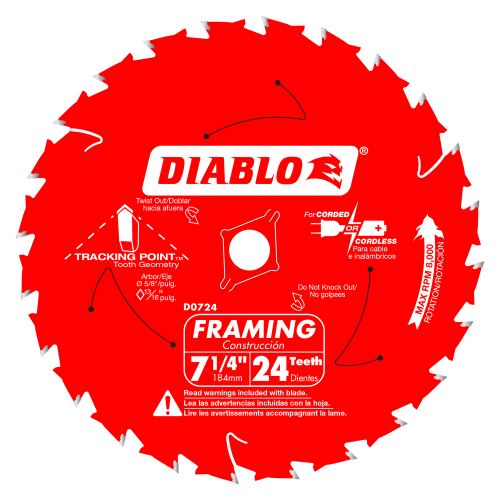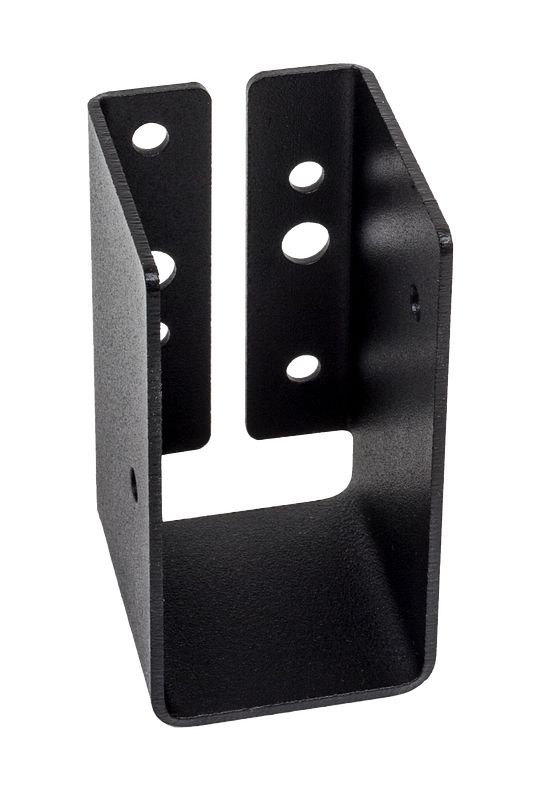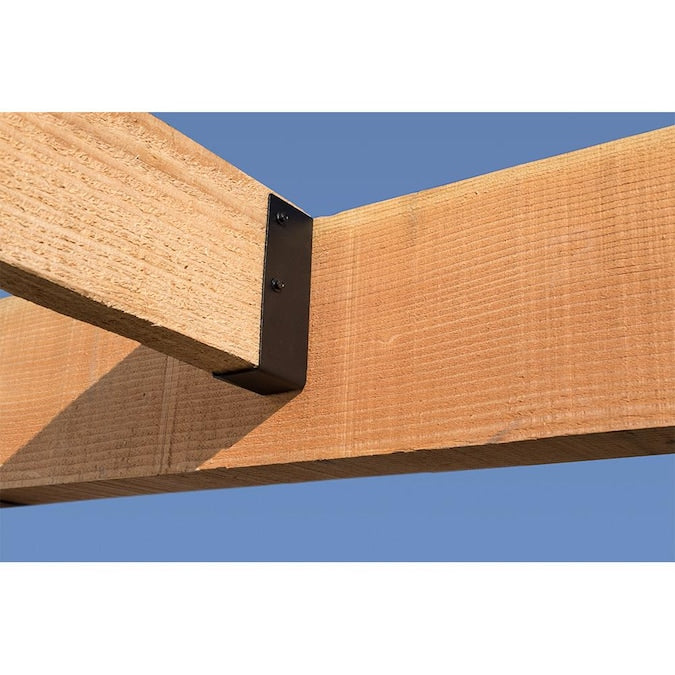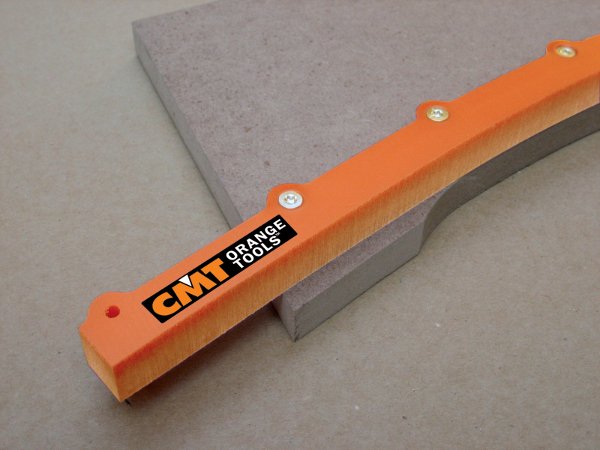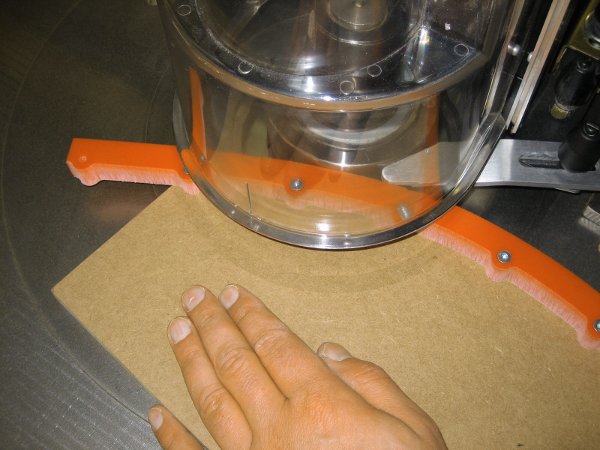Crafting a sturdy end-to-end wood joint is often considered one of the most challenging tasks in woodworking. These joints, where the flat end of one board connects to the flat end of another, inherently lack the mechanical advantage of other joint types. However, with the right techniques and tools, one can significantly enhance the strength of end to end wood joints. In this article, we explore some invaluable tips and tricks to ensure that these connections stand the test of time.
Understanding the Challenges of End-to-End Joints
End-to-end joints, or butt joints as they are often called, present a unique challenge because they rely on the bond between the fibers of two wood surfaces for strength. Unlike dovetail or mortise-and-tenon joints, where the wood interlocks, end-to-end joints are flat connections that do not have this mechanical advantage. The key to a successful end-to-end joint lies in optimizing the surface for adhesion and using external reinforcements.
Optimizing the Surface for Adhesion
Before joining two pieces of wood end to end, it is crucial to ensure that both ends are perfectly flat and smooth. Using power tools, like a jointer or a planer, will help achieve an even surface. This not only ensures a tight fit but also maximizes the surface area for glue application.
Applying wood glue to both ends ensures a better bond. Clamping the joint tightly and allowing it to cure for the recommended time will enhance the adhesive strength.
External Reinforcements
Since glue alone might not offer the desired strength for end to end wood joints, it is prudent to consider external reinforcements. Here are some techniques and tools that can significantly enhance the durability of the joint:
- Dowels: Adding dowels across the joint provides an extra mechanical connection between the wood pieces. Using doweling jigs will ensure precise alignment of the holes.
- Biscuits: Biscuit joinery involves cutting slots in both pieces of wood and inserting a wooden 'biscuit' with glue. When the glue dries, it swells the biscuit, ensuring a tight fit.
- Screws and Nails: While they might not provide as clean a look as other methods, screws and nails can offer additional strength. Countersinking screws and covering them with wood filler can help maintain a seamless appearance.
- Splines: A spline is a thin piece of wood or other material inserted into matching slots in both pieces, creating a bridge between them. Not only does this method add strength, but it can also be a decorative element if a contrasting wood is used for the spline.
- Reinforcing with Mechanical Anchors and Fasteners: For applications where maximum strength is essential, consider using mechanical fasteners. These specially designed devices provide a strong bond that's often more reliable than glue alone.
Choosing the Right Wood
The type of wood you are working with plays a crucial role in the strength of the joint. Denser hardwoods generally offer better bonding surfaces than softer woods. However, they also require more care during preparation to prevent splitting or cracking.
Maintaining Consistency
Consistency is vital for the success of any woodworking project. Ensure that all your tools, especially those used for cutting and shaping the joint surfaces, are well-maintained and sharp. A sharp blade produces cleaner cuts, which in turn leads to better-fitting joints.
End to end wood joints might pose challenges, but with the right techniques, they can be made robust and long-lasting. By understanding the nature of these joints and employing a combination of adhesive techniques and external reinforcements, woodworkers can create connections that are both durable and aesthetically pleasing. As with any skill, practice is essential, so continue refining your techniques and exploring new methods to achieve the best results in your woodworking endeavors.


